
Friends of Branded!
Happy Saturday, I hope you had a great week and for everyone celebrating Thanksgiving, Happy Holiday.
Prior to Branded and during my time working in the financial markets, there were a number of things that were quite different from my experiences at European financial institutions as opposed to American financial institutions.
For avoidance of any doubt, these are (obviously) my own personal experiences and therefore limited to the institutions I worked at and / or where I had friends that could confirm or reject my findings. I know there’s great passion and loyalty that exists at each financial institution and if my own observations fall short of your experiences, there’s nothing disparaging or negative intended by my comments that follow (even though I know I’m right in my assessments). 😊
Given Branded is all-in on hospitality & foodservice, I’ll keep with the foodservice theme and share that one big difference I observed is the cafeterias and the overall dining offerings at European banks vs. American banks.
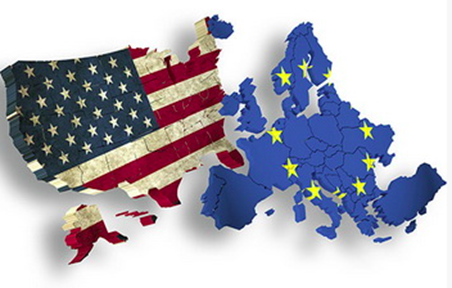
I imagine this dining comparison I’m making is akin to a comparison of men's European Football vs American Soccer.
Sorry, not sorry, but similar to the sport of football / soccer, the European’s do some serious outperformance when it comes to their food offerings, dining experiences and cafeterias. It's important to note, these differences are NOT limited to what European institutions offer in the office of their home country, b/c the cafeterias in their US offices are also far stronger than the cafeterias of their American counterparts.
Readers on the H^2 may remember that I worked as a bartender at Bobby Van’s Steakhouse when the restaurant was acquired by my bosses at Martell’s (a longstanding pub on the upper east side of Manhattan). The Executive Chef at Bobby Van’s told me how impressed he was with the cafeteria at UBS Securities (at 299 Park Avenue) when I joined that company. Bobby Van’s and UBS shared a number of the same suppliers (and specifically the meat supplier), and the executive chef had the experience of dining at both the UBS cafeteria and executive dining room.
I’ll also add that there was a most meaningful price differential between the cafeterias at the European Banks vs the American Banks. The European Banks not only had superior food offerings, but the cafeterias were subsidized, and it was far less expensive to dine in-house as opposed to going out to eat. From my experience at Bear Stearns (a truly American firm) I found the cafeteria pricing to be on-par with the offerings throughout the neighborhood and I expected their view was that since they were offering a more convenient dining option compared to leaving the building, why would they ever charge anything less.

Bear Stearns was as hard charging a financial firm as any I experienced, and I imagined there was a Head of the Cafeteria Department that was as passionate and motivated by his or her P&L just as every other business head was at Bear. I'm projecting that making money from the in-house food offerings was no different than what was expected from any department at the firm including a trading desk or banking department. I’m not ready to accuse the Bear Stearns cafeteria of using any revenue management strategies and specifically charging more when the weather was ugly, but if Bear had remained independent and existed today (and had not been acquired by JP Morgan at the time of the Great Recession), I expect they would be the market leader in the use of dynamic pricing and Uber-style surge pricing when the opportunity presented itself. 😊
When it came to the home office of the European Banks (and I was a monthly and sometimes twice monthly visitor to the European HQs), the cafeteria was a place where colleagues would truly break bread and gather for lunch together as opposed to the more American style of grabbing food and returning to your desk to eat it. In Europe, lunch was a time for a break from work and to spend with your colleagues. Not so much with my American colleagues, where speed and convenience ruled the day. Also, alcohol, which was nowhere to be found in the cafeterias of the US banks, was absolutely a present and available beverage option in Europe.
I recall having lunch together with my colleagues in the home office of Fortis Bank, the Belgium institution on one of my very first visits upon joining the firm. I’d say each person I dined with brought back to the table a glass of wine or a beer with their lunch. I didn’t.
My European colleagues expressed how their beverage choice was to accompany their meal selection, and they weren’t planning to consume alcohol to the point of intoxication. They noted how almost all of the Americans that visited the HQ elected not to partake in the wine or beer offering available at the cafeteria.
I’ll simply put this in the category of things that make you go “hmmmm.”

Another difference I want to share, before I actually dive into the theme of this week’s Top of the Fold (that’s right, this is all just the lead-in), was how Europeans and Americans treated the month of August.
In Europe, it was a time to slow down and take a meaningful break. In countries such as France, Italy, Spain, and Belgium, it's absolutely the norm for businesses to go into a quiet period and even close for several weeks in August. What I found particularly interesting was the idea that it would be deemed bad form for a firm or a group to try to take advantage of this quiet period. I expect this was an unwritten rule where all parties in Europe respected the need and time for a break and went quiet during this period.
Americans too of course slowdown in August, but it’s not nearly taken with the same universal sense of importance. While I’m not proud of the side I was on, I did find the quiet period created certain opportunities to get business done, particularly when I was on a trading desk where the flow of business never completely shuts down. Those who took the break accepted the missed opportunities while those who remained on the desk had the opportunity to reap certain rewards (at least financial ones).
That’s what makes a horse race and the positions you elect to take (and of course bet on).
While it’s taken me a few moments to get here (not a surprise to any reader of the H^2), when I left the office on Wednesday ahead of the Thanksgiving holiday, I stopped by Isabelle’s Osteria, one of the restaurants Branded is a partner with, and learned that we had over 500 reservations for Thanksgiving (Isabelle’s has about 140 seats, so we’re looking at over 3 seatings on Thanksgiving Day).
The reservations we’d taken at our other venues in New York City, all full-service restaurants, left us booked solid for Turkey Day as well.
Traditionally, Thanksgiving was a day when most restaurants were closed b/c there was no demand, and it created an opportunity for the staff to spend with their family.
That was then, and this is now.
In fact, dining-out and ordering-in on Thanksgiving is a trend that started the see a change about decade ago, but like so many parts of our industry, has been materially and I dare say, forever changed b/c of the pandemic. This shift away from the traditional Thanksgiving meal prepared exclusively at home reflects changing lifestyles, the growing appeal of convenience, and evolving family dynamics.
Today, both ordering-in and dining-out have gained popularity as alternatives to traditional at-home cooking for Thanksgiving. Surveys and industry reports suggest that both takeout orders and restaurant reservations for Thanksgiving have increased dramatically over the last decade.
In 2022, our friends at OpenTable reported a rise in Thanksgiving reservations, with a higher share of diners opting to celebrate at restaurants compared to pre-pandemic levels. Grocery and restaurant delivery platforms like Instacart and Uber Eats reported significant increases in Thanksgiving-related orders.
In fact, Thanksgiving is now a good money maker for restaurants, but that of course depends on the type of restaurant, its location, and its approach to the holiday.
There’s no question that there’s a convenience factor and that many people prefer to avoid the hassle of cooking and cleaning. This makes going to a restaurant an attractive option for dining-out and ordering-in also benefits from the convenience factor.
Branded’s friends at Popmenu’s have an annual study on Thanksgiving dining trends and it showed this year the increasing trend by consumers to leave the cooking to the professionals. According to the study, this year, 37% of consumers reported that they plan to order takeout or delivery from restaurants for their Thanksgiving dinner, up from 32% last year.

According to the Popmenu study, consumers are opting to hang up their aprons and are leaning on restaurants to supply their entire meal (or at least certain dishes) this Turkey Day, for the following reasons:
- 75% think it’s just easier
- 32% say it’s cheaper or costs around the same as buying all the ingredients to cook at home
- 23% are too tired to cook
- 22% prefer to have a professionally cooked meal
It’s not remotely lost on me that Branded’s restaurant portfolio is concentrated in New York City and despite my friend JB agreeing with me that we have a superior restaurant scene to his hometown of Boston (love you JB, my Bostonian friend), I investigated (read: conducted a few Google searches) to see if this dining-out and ordering-in trend on Thanksgiving was something that was also being witnessed in other fine cities across the country.

I was not surprised by the list of the Top 10 places in the country that are seeing this spike in demand for Thanksgiving ordering-in and dining-out and the list includes:
- New York City, NY
- Las Vegas, NV
- Orlando, FL
- Chicago, IL
- San Francisco, CA
- New Orleans, LA
- Miami, FL
- Los Angeles, CA
- Washington, D.C.
- Boston, MA
There are of course challenges that restaurants must deal with to cater (pun intended) to the increased demand by consumers to outsource the Thanksgiving meal.
Staying open on Thanksgiving means the obvious need for labor on what was previously a day off for the staff. This can also often mean paying holiday wages, which by definition are higher and therefore the pricing of the meal needs to meet the increased costs.
This trend is also of course attracting competition and that means restaurants need to market, promote, and attract guests. Similar to my month of August story above (you had to know that was going to make a comeback in the Top of the Fold), if you were the only game in town on Thanksgiving, you may very well own the day in your community, but if Thanksgiving is proving to be a money-maker for restaurants, then the law of supply and demand makes it more competitive and that means restaurants need to raise their respective game to successfully compete and win.

My final comment on the trends of Thanksgiving, is the choice of meal's main dish or signature dish. Clearly, turkey is the holiday staple & tradition, and according to the National Turkey Federation, roughly 88% of Americans eat turkey on Thanksgiving (suggesting that 12% do not).
Michael “Schatzy” Schatzberg was among the very first people in my ecosystem to make it clear that turkey was not something that he embraced for Thanksgiving. Over the years, I’ve come to learn of many other folks that have also moved away from the bird (so I’m preparing to challenge that 88% to 12% ratio).
Schatzy’s main point, how many other nights of the year do you eat turkey for dinner (speaking only for my home, we cook a turkey zero other times of the year)? So why, when your family and friends are gathering for a day to be grateful and thankful, are you dining on something you rarely eat outside of a sandwich?
Speaking of turkey sandwiches, do you know why turkey legs are a favorite of street fairs and festivals (and are shown in abundance on the field post-game of NFL broadcasts on Thanksgiving), b/c there’s little demand for them elsewhere.

Schatzy buys steaks for his Thanksgiving dinner b/c it’s a family favorite and when his family is getting together, he wants to go with his best pitch, not the once-a-year-meal entrée.
As I close out this week’s edition of the H^2, I want to express my gratitude and appreciation not just to the breadth and depth of Branded community, but specifically to all the readers of the Hospitality Headline. What started out as a Saturday morning e-mail to the Branded team has become a different communication entirely. We’ve just crossed the 70,000-subscriber threshold and while I don’t know in the scheme of things if that’s a meaningful number or not, I can tell you that it’s quite a bit larger than the 5 people I used to write to on Saturday mornings to recap the week.
Branded Hospitality Media's Newsletter, The Hospitality Headline, Reaches Over 70k Subscribers
I want to wish all of you not only a wonderful Thanksgiving weekend, but also all good things for the holiday season. We don’t skip on Saturdays and the H^2 will be delivered to your inbox each Saturday morning through the New Year and we’ll gear-up for another big year in 2025.
This village I write and talk about often is a most special one to me and the Branded team. Thank you for being part of it. I appreciate it and I’m grateful for it.
It takes a village.

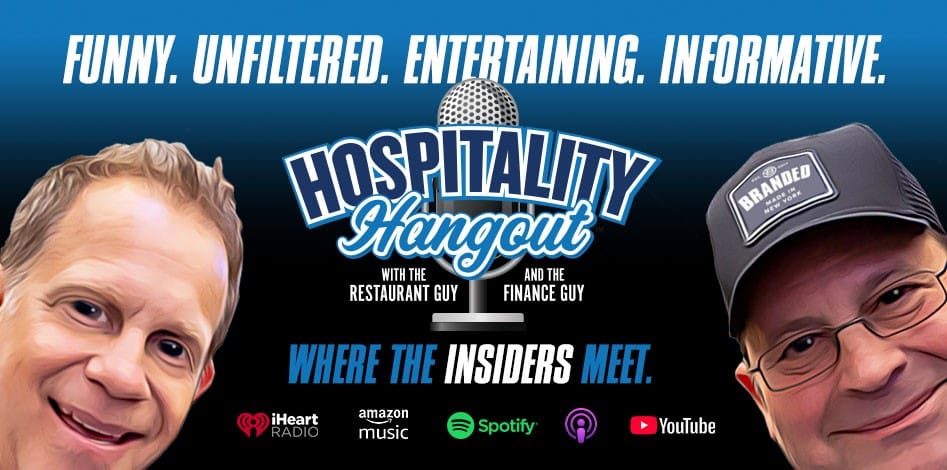
#1 Hospitality Podcast
Your go-to podcast for engaging conversations with hospitality's top leaders. Subscribe and never miss an episode!

The first shoutout this week goes to or friends and partners at Curbit, the capacity management solution for restaurant kitchens.
This week Curbit’s blog was about what it’s really like behind the scenes of your favorite delivery app. From drivers hustling to make ends meet, customers navigating frustrating order issues, and restaurants grappling with operational challenges, there’s a lot more to #DeliveryLife than meets the eye.
I enjoyed Curbit’s latest blog and how it examines the candid conversations on r/UberEATS, uncovering the trials, triumphs, and lessons learned from every corner of the delivery world.
You can check out their blog here: #DeliveryLife: A Deep Dive into r/UberEATS

The second shoutout this week goes to our first consumer-packaged goods partner, Mr Bing, the market’s leading East Asian Street Sauces company.
Earlier this month, our friends at Nation’s Restaurant News and specifically the talented Mr. Bret Thorn wrote an article on chili crisp and how this trending Chinese condiments is surging in popularity.
If you’d like to read Mr. Thorn’s article, I’ve copied it here: Chili crisp adds texture, spice, and umami to restaurant menu items

While I loved the article for specifically featuring Mr Bing, it was the comments by Mr. Shane Schaibly, the corporate chef at First Watch, the amazing breakfast, brunch, and lunch chain with over 400 units that I enjoyed the most.
According to Shane, chili crisp is “such a good, fun and universal condiment” and this was my favorite quote: “what used to be best-kept kitchen secrets now can make it to the mainstream, which is cool.”
Question: How hot is chili crisp right now (in terms of popularity, not temperature or spice)?
Answer: It was mentioned on menus 77.8% more times in the year ending in June of 2024 compared to a year earlier (according to Technomic’s Ignite Menu data).
Finally, there’s a rumor going around that Mr Bing himself will be making an appearance at B Works on or about December 10th (IYKYK).
I’m not in a position to either confirm or deny the rumor and I’d like to respectfully ask Mr. Jack Sweeney not to track the publicly available information provided by the Ground Control website in connection with Mr Bing’s private plane. Thank you, Mr. Sweeney, for respecting this ask (Mr Bing appreciates it as well).
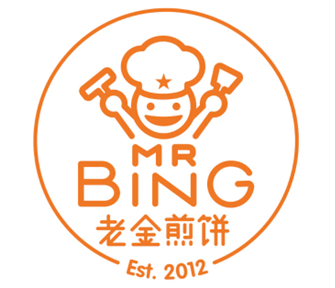
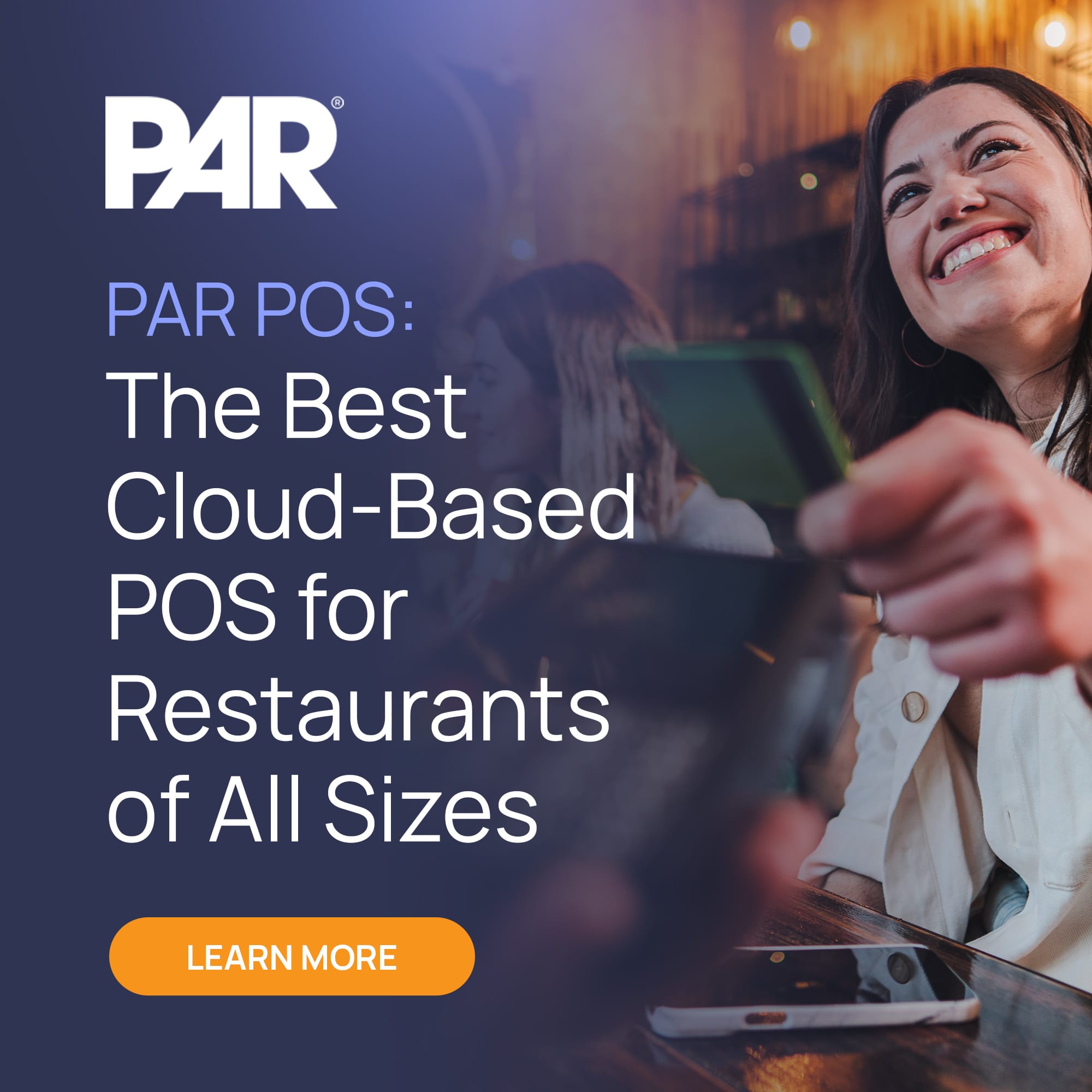
The POS That Grows with You
PAR POS scales with you, cutting wait times and boosting service quality. Plus, 300+ integrations ensure your tech stack can evolve without compromises.

Branded invites readers of the H^2 that are interested in learning more about our portfolio companies, and investment strategies to become part of our Access Hospitality Network.
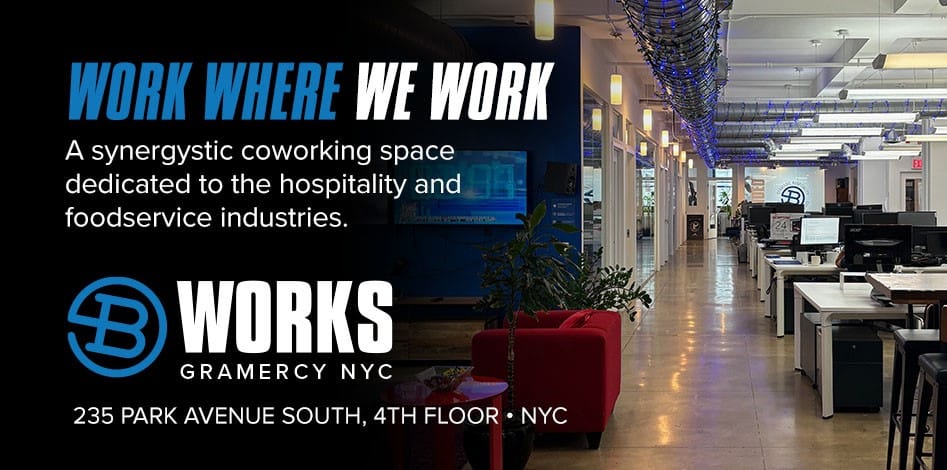
NYC Co-working Space
Seeking a premier co-working space in the heart of Gramercy, NYC? B Works fosters a community centered on strategic relationships, synergies, and innovative solutions. Elevate your growth—become a member today!

Featured Episode: Evolutionizing Restaurant Payments: Insights from Adyen's Phil Crawford at FSTech
In this special edition of Hospitality Hangout, recorded live at the FSTEC Conference in Grapevine, Texas, hosts Schatzy and Jimmy welcome back Phil Crawford, Global Head of F&B at Adyen. As a seasoned guest, Crawford brings invaluable insights into how technology is reshaping the hospitality industry, focusing on the critical role of payments in enhancing the dining experience. From tackling the challenges of fragmented payment systems to envisioning the future of biometric recognition and predictive technologies, Crawford shares how Adyen is driving innovation for restaurants worldwide.
Listeners will hear Crawford's predictions on the future of tech in hospitality, including how seamless payment systems and data-driven personalization are setting the stage for the next five years. He also offers his take on current trends, like the decline of QR codes in favor of tap-and-go payments. In a fun twist, Crawford flips the script, challenging Schatzy and Jimmy to reveal which fictional hospitality characters they’d trade places with, making this episode one you don't want to miss!

Tune into the episode and subscribe to our channel here: Hospitality Hangout With Phil Crawford
Re-Run of the Week:
In honor of Dog Haus opening its first global location in Saudi Arabia, we’re revisiting one of our favorite Hospitality Hangout episodes featuring André Vener, co-founder of Dog Haus. In this episode, André shares the incredible journey of turning Dog Haus from a single location in Pasadena into a national brand known for its creative, high-quality menu.
From their signature Haus Dogs to their innovative virtual brands, Vener talks about their pandemic pivot, how they grew during the shutdowns, and their bold move into ghost kitchens. Plus, you’ll hear some fun trivia, including whether André was a guest at Michael Jackson’s funeral!
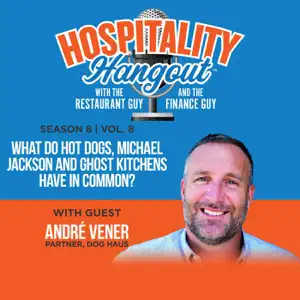
Tune into the episode and subscribe to our channel here: Hospitality Hangout With Andre Vener
You can tune in on:
Spotify: Click Here
Apple Podcasts: Click Here
Watch on YouTube: Click Here
Are you loving the Hospitality Hangout? Let us know! Please leave us a review here!


Transform your restaurant experience with Rockbot
Effortlessly create the perfect dining ambiance with impactful music, signage, and TV solutions that keep guests hungry for more.
TECHNOLOGY
Welcome to the Age of Expertise: Redefining Success in a Rapidly Changing World
By: Seth Temko, Solutions Services Partner at Branded Hospitality Ventures

Expertise is no longer about titles or traditional professions—it’s self-defined, shaped by experience, and delivered through unique value channels. In an era dominated by AI and megatrends, understanding and leveraging your expertise is the key to long-term career growth.
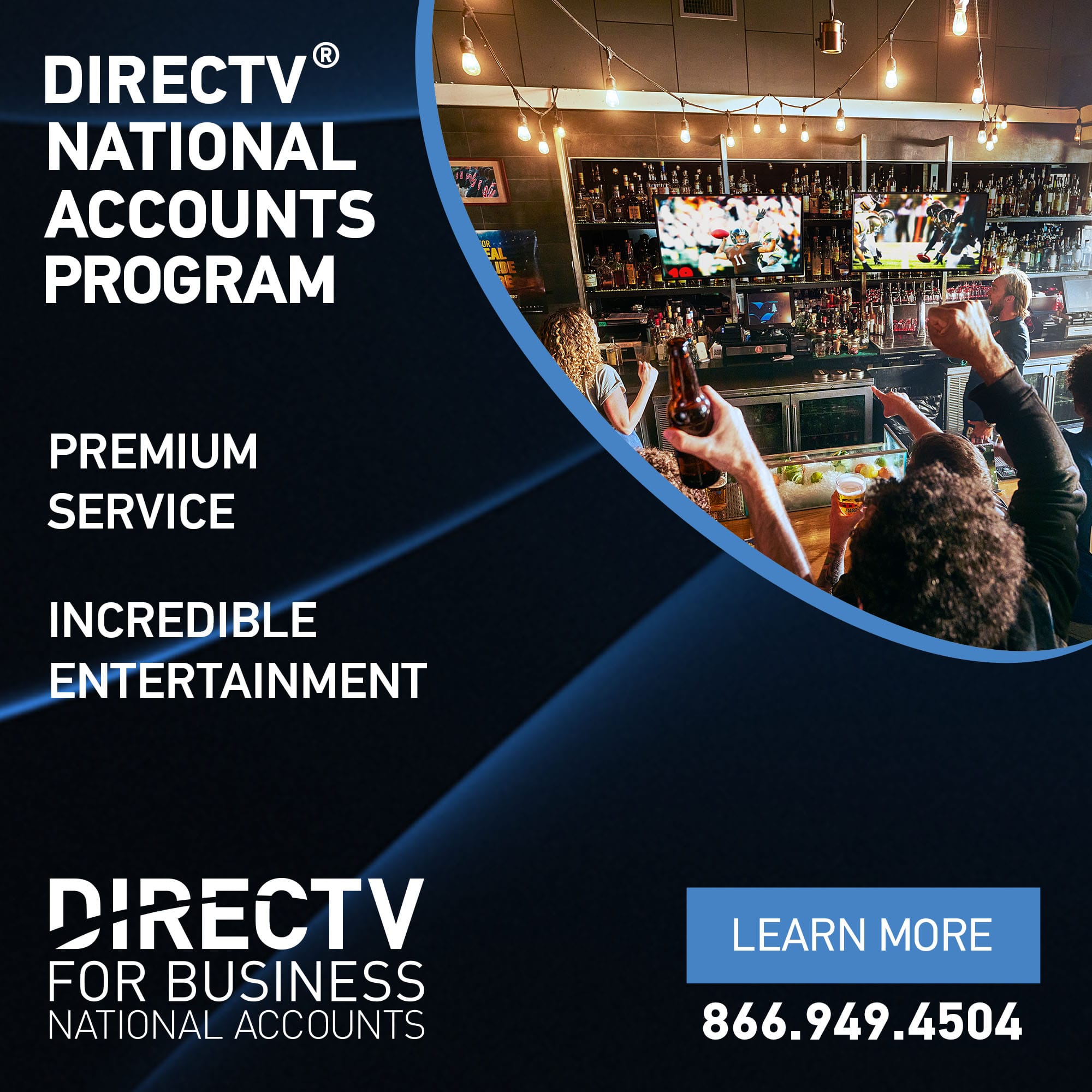
Elevated service, every step of the way
Call a National Accounts Representative! CALL 866.949.4504
JOIN THE HEADLINE

Ready to showcase your ideas and insights?
Share your article with us for a chance to be featured in The Hospitality Headline!
We’re excited to spotlight diverse voices and spark meaningful discussions within our community. Submit your piece and let’s make your voice a headline!
That’s it for today!
See you next week, same bat-time, same bat-channel.
It takes a village!
Jimmy Frischling
Branded Hospitality Ventures
jimmy@brandedstrategic.com
235 Park Ave South, 4th Fl | New York, NY 10003
Branded Hospitality Ventures ("Branded") is an investment and solutions platform at the intersection of foodservice, technology, innovation and capital. As experienced hospitality owners and operators, Branded brings value to its partners through investment, strategic counsel, and its deep industry expertise and connections.
Learn more about Branded here: Branded At-A-Glance



